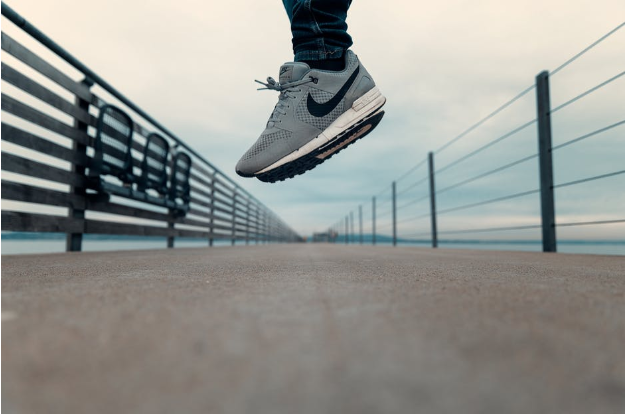Shoes are an essential part of maintaining our everyday health. While they can be a fashion statement, they should also provide protection for our feet, enable us to take on all sorts of terrain, and provide comfort when walking or standing for long periods.
Supportive sandals, for example, can be versatile and effective for a wide range of activities. The same goes for a pair of comfortable sneakers or dress shoes. It’s important to know that if you choose style over comfort, ill-fitting or poorly chosen shoes can be the cause of a number of health problems for our feet, legs and other parts of our body.
While our feet are less prone to change as other parts of our bodies once we reach adulthood, pregnancy and age can change the shape and size of our feet. When choosing shoes, it is important to consider more than just style. Think about when and where they will be used, as well. Below are eleven tips for choosing the right pair of shoes.
Tips For Finding The Right Footwear:
- While it may seem strange, take a tracing of the outline of your foot to the shoe store with you. If any shoe is narrower or shorter than your tracing, strike it from consideration.
- Feet expand throughout the day as you walk and stand. To find a pair that will remain comfortable all day, shop for shoes in the afternoon when your feet are at their largest.
- Always have your feet measured before trying on or purchasing shoes. As we age, our feet change size and shape. Pregnancy can even cause women’s feet to expand a whole size. When getting sized, if one foot is larger than the other, purchase shoes that fit the larger foot comfortably.
- Bring your own legwear. Try on shoes with the same socks or stockings you intend to wear them with. This will help you choose shoes that will remain comfortable and fit properly when you get them home.
- Walk on both hard and soft surfaces when you try shoes on. As you move, concentrate on how your feet feel in them – not just how they look. If they slip, pinch, or feel tight on the toes, request a different size. Shoes should feel comfortable from the start and shouldn’t need to be broken in.
- Stand in the selected pair of shoes and gently press on your longest toe to assess how much room is available. Wiggle your toes to see whether your foot has room to press forward when you walk. Well-fitting shoes should have around half an inch of space between the tip of your longest toe and the shoe’s end.
- Sizes vary between brands, so it is important to try shoes on before making any purchases. This will allow you to assess their comfort and size.
- Width is just as important as length when it comes to shoe sizes. The ball of your foot should fit comfortably into the widest part of the shoe. If it feels restricted, ask if the shoe come in wider sizes. Bear in mind, however, that shoes that are slightly bigger won’t always better accommodate the balls of your feet.
- Inspect the inside of shoes for any seams, folds, or tags that might rub your foot the wrong way and cause blisters or other irritations.
- Different types of shoes will need to meet different requirements. Running shoes must be comfortable and support your foot at the heel and arch. They also need to flex in the same way as your foot to prevent injuries. High heels, on the other hand, need to be of a manageable height and style that accommodates both the length and width of your foot.
- Finally, consider the sole of the shoes you are trying on. Ensure they are sturdy enough to protect your feet in the environment you plan to wear them in. They also must have enough cushioning to keep your feet comfortable throughout the day.
